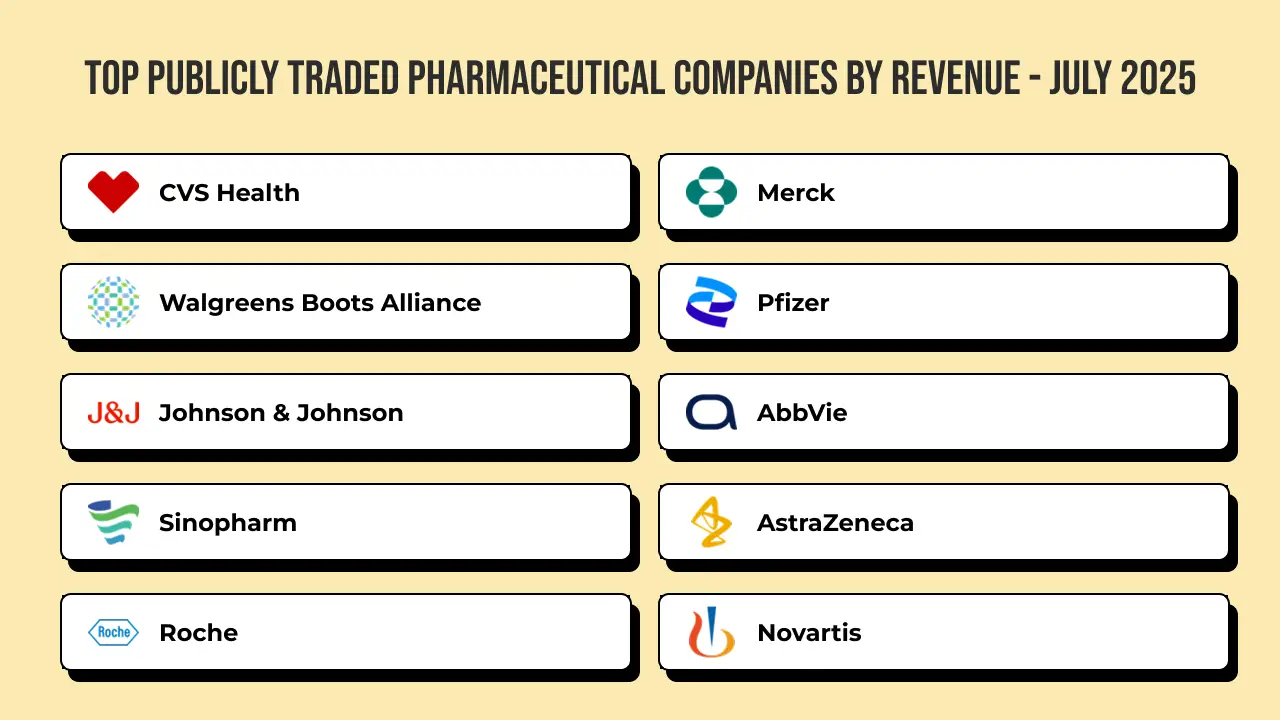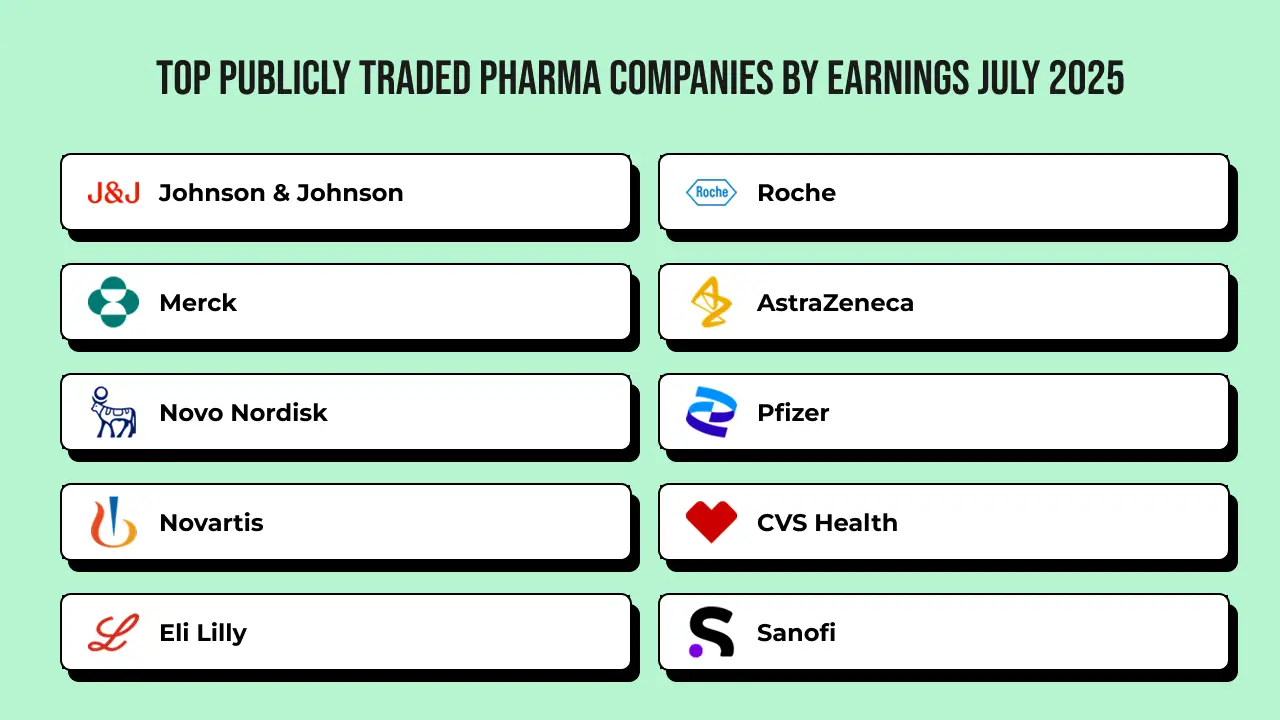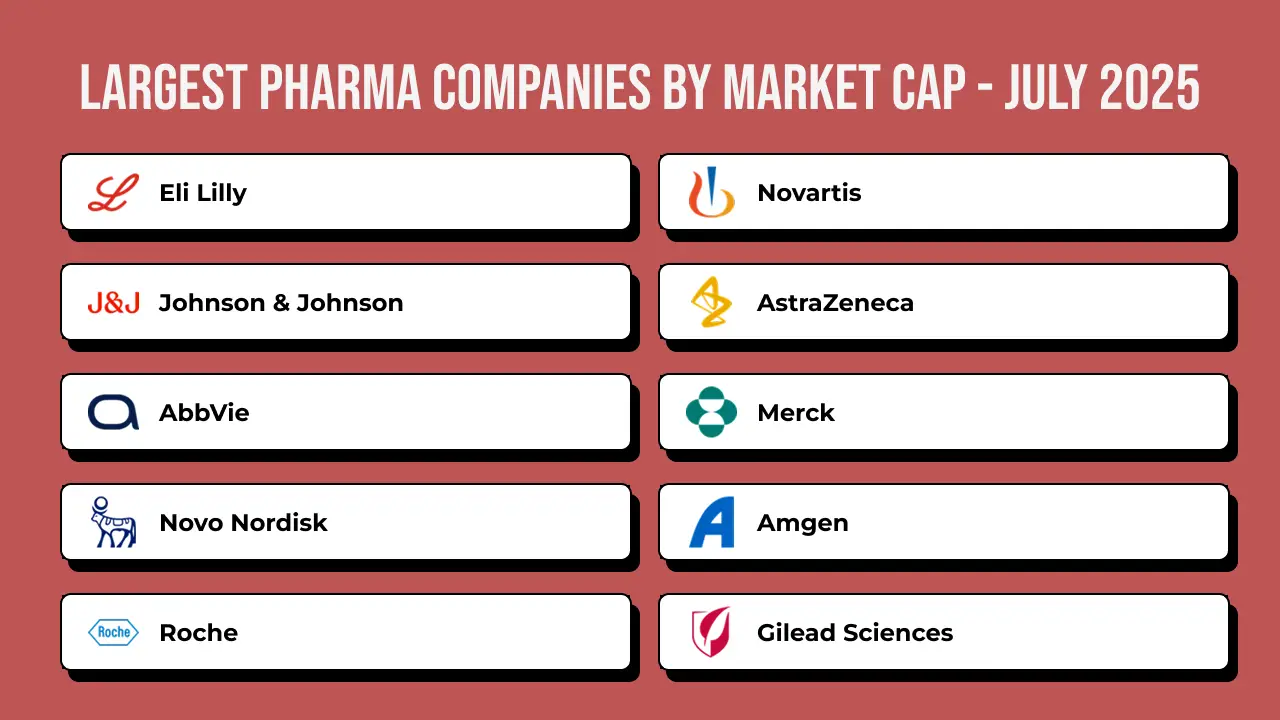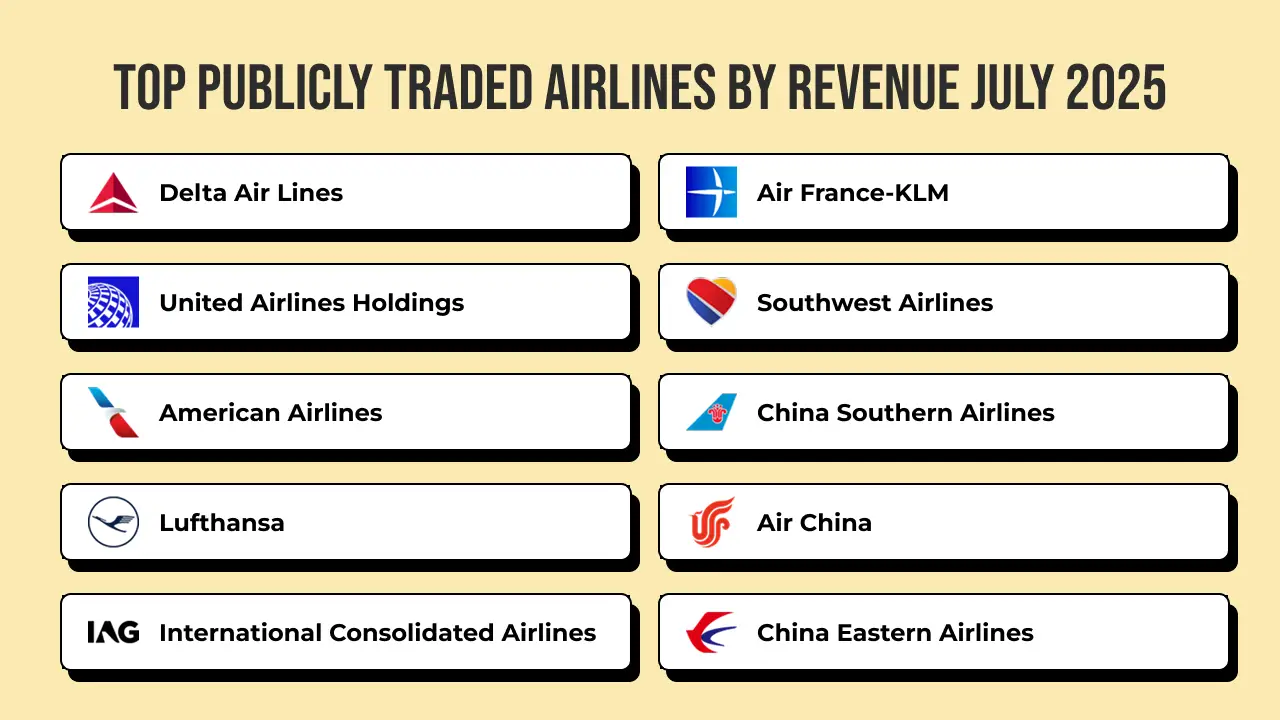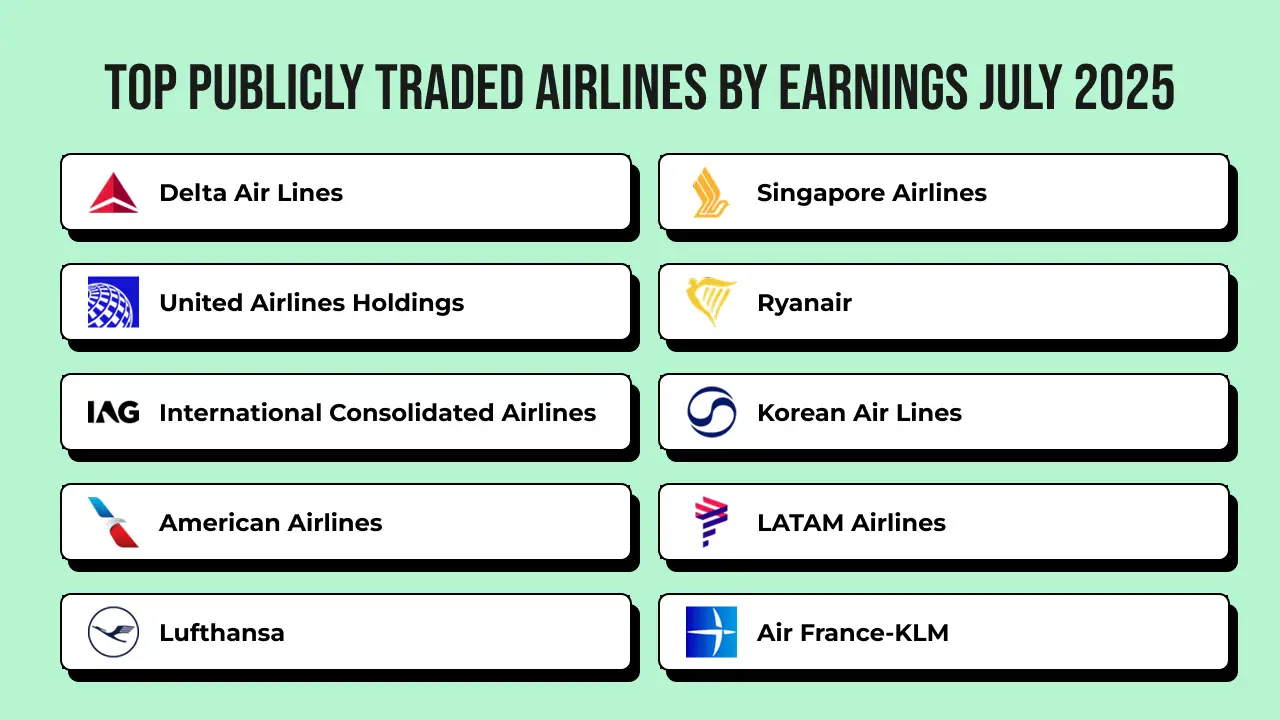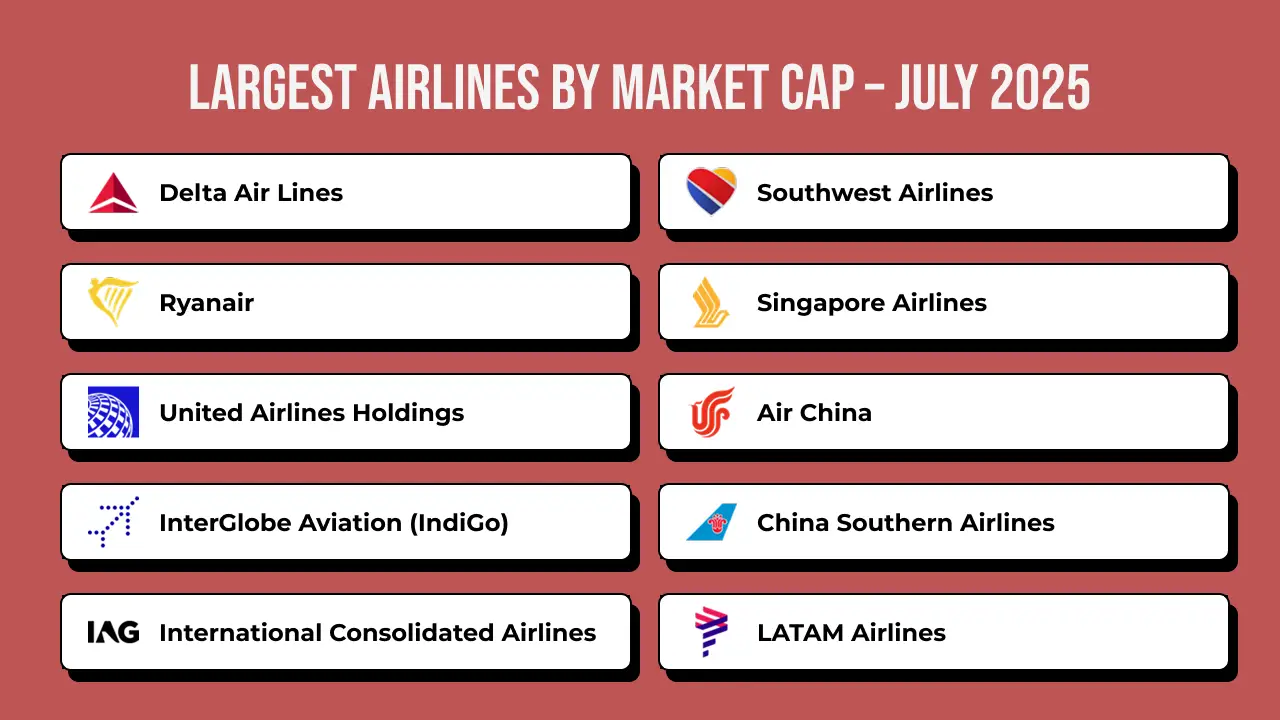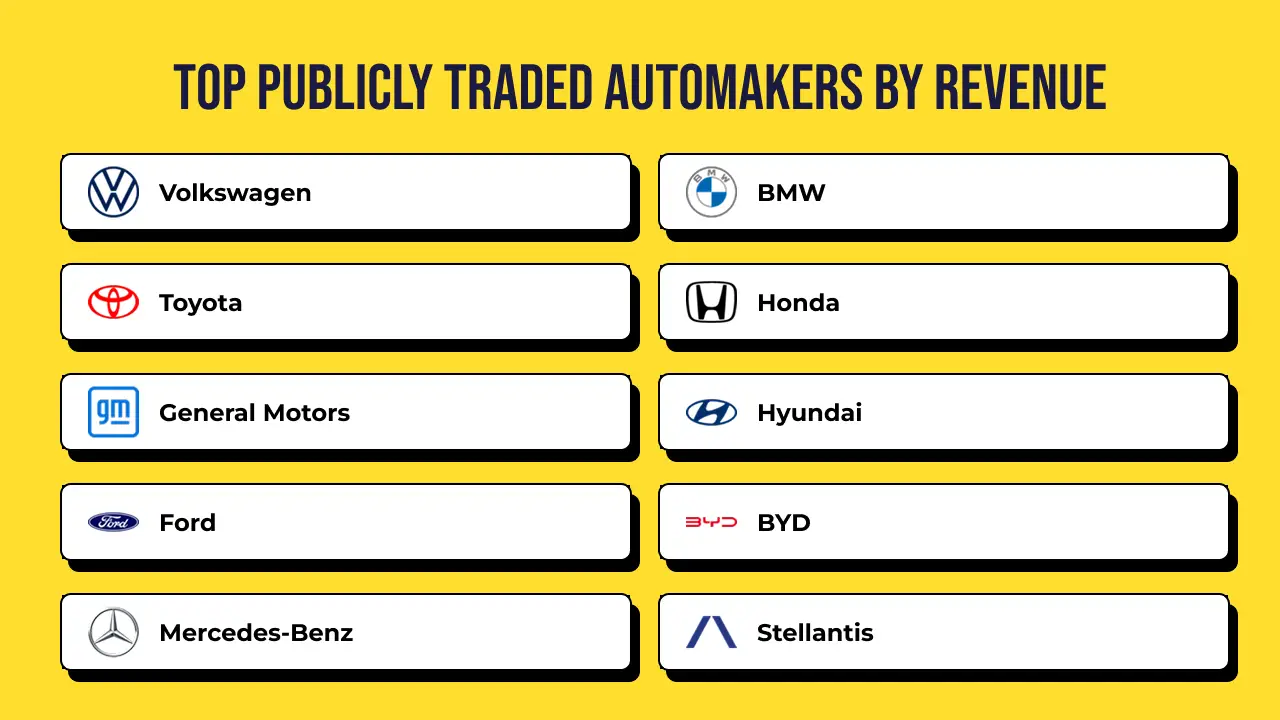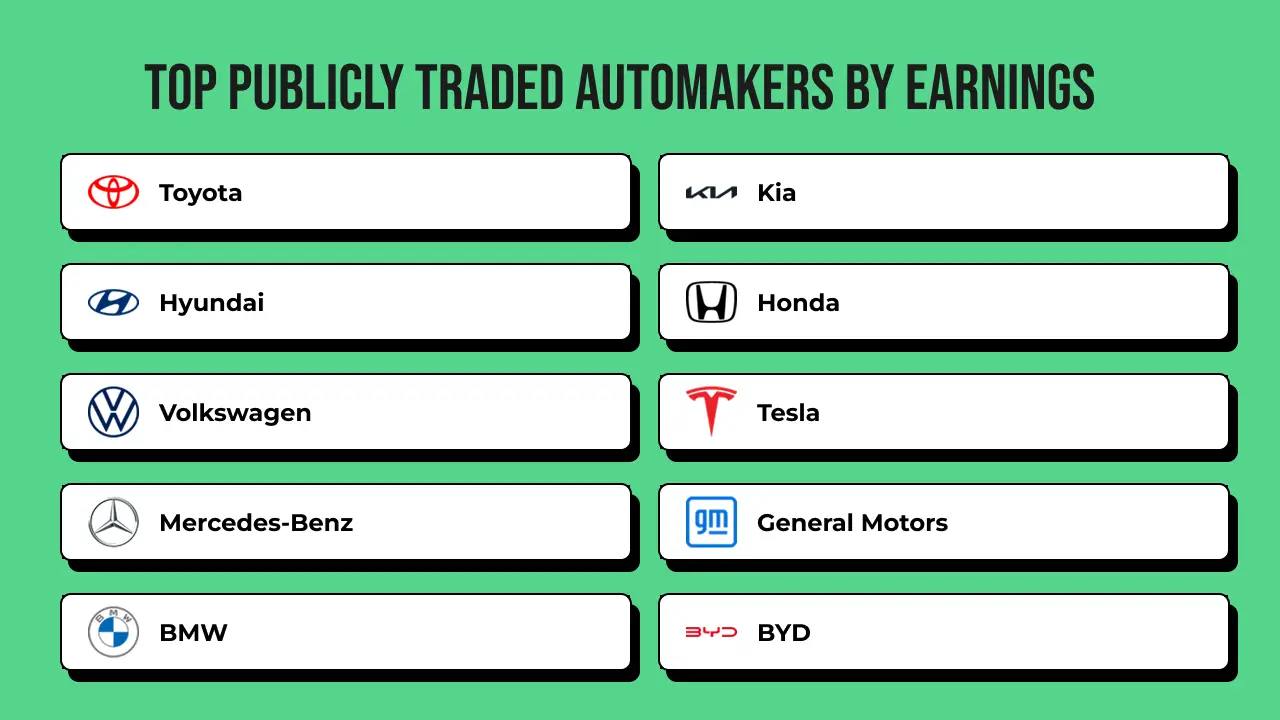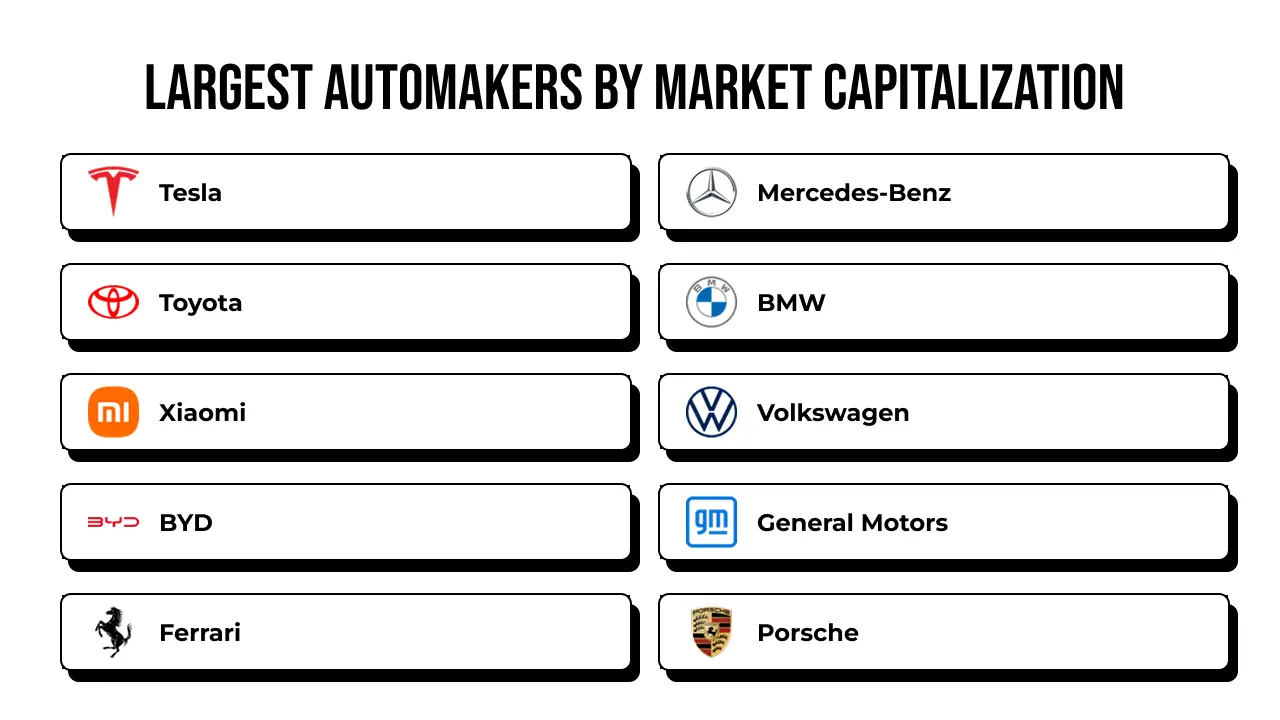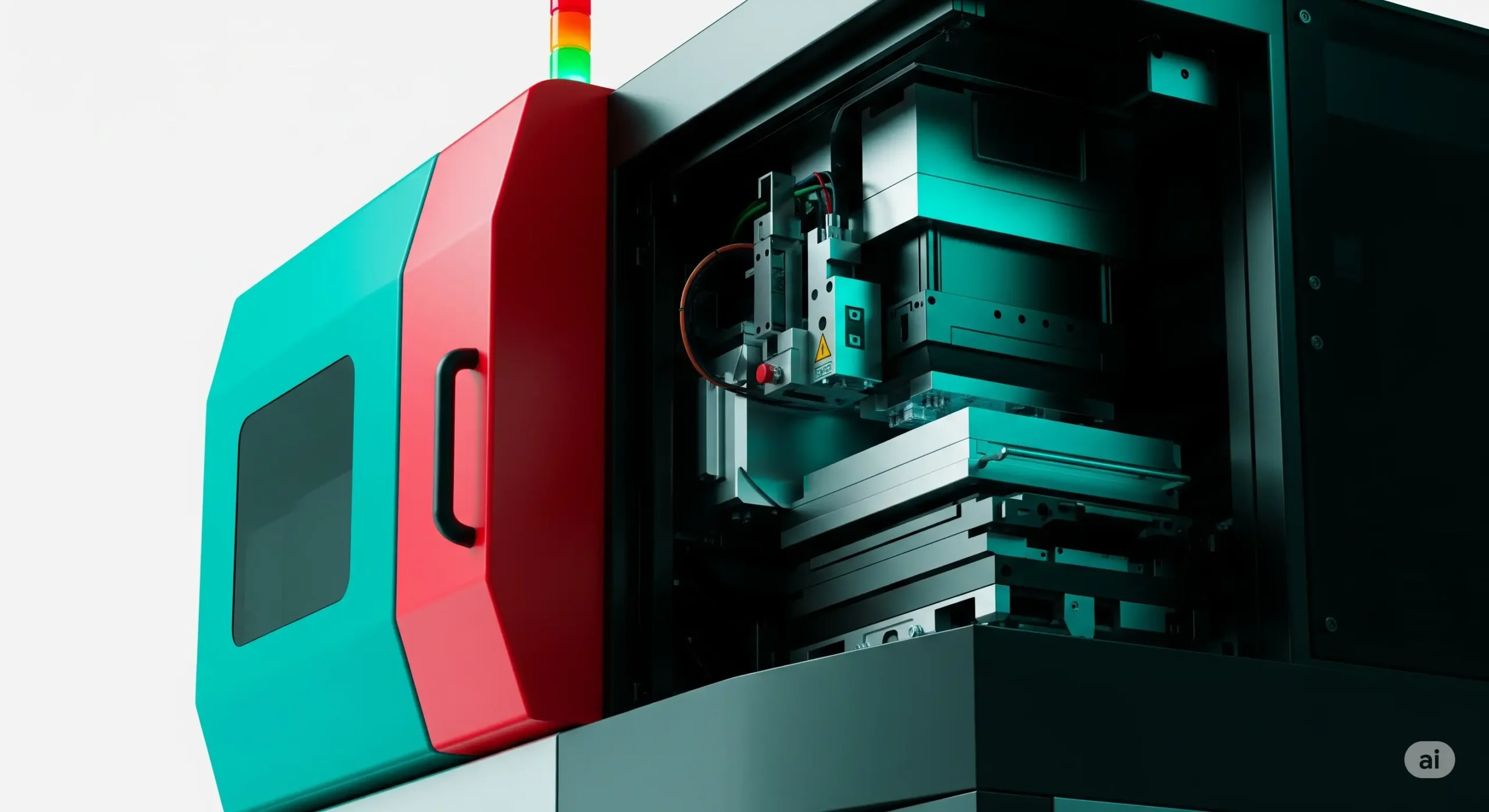I’ve been diving into the whirlwind of the generative AI market, and the numbers are staggering. In 2024, this market was valued at around USD 36 billion to USD 67.18 billion, depending on the source, with projections pointing to a jaw-dropping USD 356.05 billion by 2030, growing at a compound annual growth rate (CAGR) of 41.53%. Some analysts, like those at Precedence Research, even forecast it could hit USD 1,005.07 billion by 2034 with a CAGR of 44.20%. This explosive growth is fueled by the increasing adoption of AI-driven tools across industries, from healthcare to entertainment, and massive investments in AI infrastructure. The demand for personalized, efficient, and creative solutions is pushing businesses to integrate generative AI, making it a cornerstone of modern innovation. The market’s trajectory reflects a global appetite for automation and data-driven decision-making, with enterprises and consumers alike embracing AI’s transformative potential.
Looking at the market’s breakdown, I’ve noticed that the top segments driving this growth include software, hardware, and services, with the software segment holding the lion’s share at 64.2% in 2024. This dominance stems from the widespread use of AI-driven applications like natural language processing, image generation, and predictive analytics. Within software, technologies like transformers and generative adversarial networks (GANs) are leading the charge, particularly in content creation, which accounted for 34.7% of the market in 2025. The media and entertainment sector also stands out, leveraging AI for video editing, subtitling, and digital asset creation. Meanwhile, the business and financial services segment is expected to grow at the fastest rate, with a projected CAGR of 36.4% through 2034, driven by the need for fraud detection and personalized customer experiences. The software segment’s lead is no surprise, given its versatility and ability to address diverse industry needs.
When it comes to the players shaping this market, I’m impressed by the heavyweights dominating the scene. Microsoft, Google, NVIDIA, AWS, and Accenture are among the top companies, with Microsoft and AWS leading in foundation models and model management platforms. NVIDIA holds a commanding 92% share in the data center GPU market, powering the computational backbone of generative AI. Accenture and Deloitte excel in the fragmented services market, helping businesses integrate AI solutions. Other notable players include OpenAI, Anthropic, and Adobe, which are pushing boundaries in content creation and enterprise applications. These companies are investing billions—Google alone committed USD 75 billion to AI in 2025—driving innovation and setting industry standards.
Geographically, I’ve found that North America is the undisputed leader, capturing a 45.1% market share in 2025, with the U.S. alone projected to grow from USD 7.41 billion in 2024 to USD 302.31 billion by 2034. This dominance is driven by a robust ecosystem of tech giants, startups, and supportive government policies. Asia Pacific follows closely, expected to grow at the highest CAGR due to rapid digitalization and AI adoption in countries like China and Japan. China’s market is fueled by government initiatives and a massive tech infrastructure, while Japan focuses on AI for healthcare and aging populations. Europe, particularly Germany and the UK, is also a key player, with the EU’s AI Act fostering responsible innovation. These regions are setting the pace for global AI adoption.
The latest innovations in generative AI are thrilling to explore. In 2025, I’ve seen advancements like DeepSeek’s R1 model challenge incumbents with cost-effective, power-efficient solutions. Multimodal AI, blending text, images, and video, is a top trend, as is the rise of agentic AI, which promises autonomous decision-making. Quantum AI and self-upgrading models are on the horizon, potentially revolutionizing automation. The integration of generative AI with blockchain for secure digital assets is another exciting development, particularly in creative industries. These trends signal a future where AI not only enhances efficiency but also redefines creativity and decision-making across sectors.


